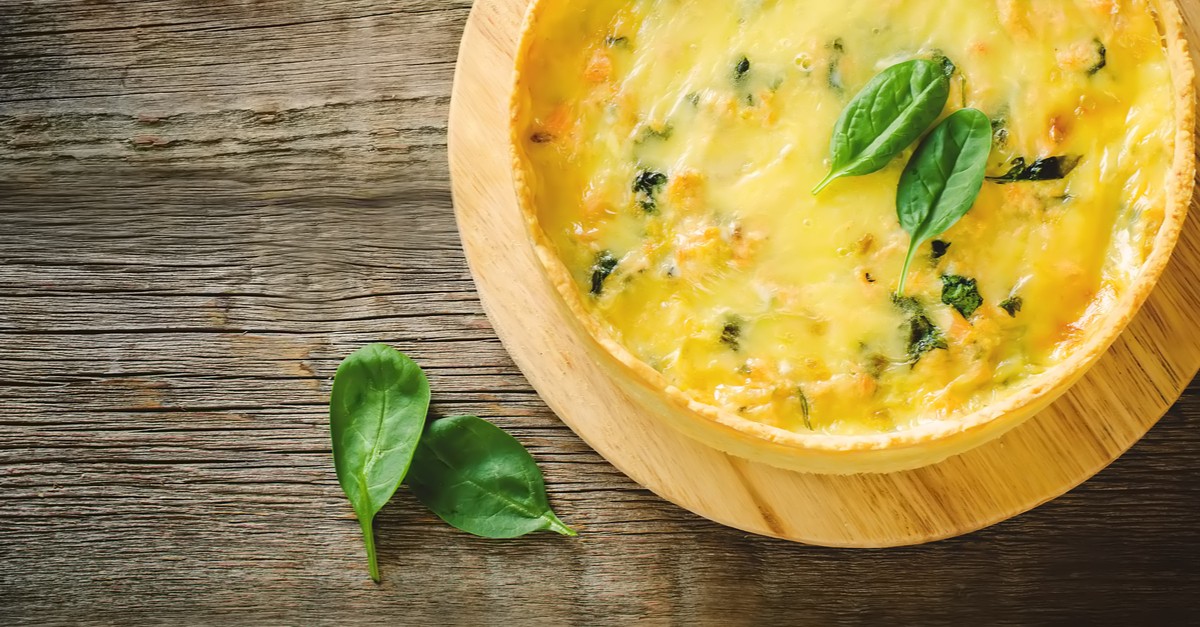Fixing The Deflating Quiche
The Struggle
Our questions here at Modernist Pantry are pretty diverse. Some are broad and take a lot of explaining to get to the answer. Other questions are more focused and easy to answer. This week we have a pretty specific question about a customer recipe. Our customer, David, sent in a question about his seafood quiche cakes. The cakes would come out of the oven perfect but would soon deflate as they cooled. David has seemingly tried everything to keep his seafood quiche cakes from deflating. He’s added flour and egg whites, also going as far as to use a whipping siphon to help aerate the mixture. Nothing seemed to help, so David wrote to us for assistance.
“How can I keep my seafood quiche cakes from deflating?”
Holding up its end of the bargain
In our own minds, anything is possible. As chefs, we can visualize how a dish looks, feel the textures, smell the aromas, and imagine the flavors. Unfortunately, when we get it on the plate for the first time there is always going to be one aspect that doesn’t live up to our imagination. Many times you must ask yourself “What is the structural integrity of this dish?” In other words: what is causing the dish to rise, and is it sturdy enough to not deflate? Eggs are great for making items rise, but they need a helping hand. This is especially important in a restaurant kitchen where the dish must survive the passage from kitchen to table without losing its composition. Take soufflé for instance; it’s a classic example of a dish that is awe inspiring when it is fresh out of the oven, but it will soon start to droop as it cools. Flour has been a long standing crutch in kitchens to add stability because its gluten will help the eggs maintain their shape. But flour also has starch and can add a flavor to the dish. S what if we could add something with the stability of gluten, without having to worry about altering the flavor of the dish?
In this case, I suggested to David an ingredient called I’m Free Perfect Gluten Replacement. You may be asking “why would you use a gluten replacer in a quiche”? The I’m Free Perfect Gluten Replacement may have been developed for gluten free baking, but it is also a versatile ingredient to strengthen the structure of any recipe without adding any flavor. Just as gluten-free breads need a helping hand, so did David’s quiche. The eggs will do their job in making the quiche light and airy, and the I’m Free Perfect Gluten Replacement will back them up and keep them from deflating. I’m Free Perfect Gluten Replacement is used in a ratio of 0.75-1%. It also should be mixed into the liquid in the recipe very well, preferably using a blender. The structure that the I’m Free Perfect Gluten Replacement provides should keep the quiche from deflating. Though, just like with any recipe it may take a few tests to find the perfect ratio for the recipe. So if you have a recipe that loves to collapse, deflate, or flop you should try the I’m Free Perfect Gluten Replacement to give it the structure it needs.
Have a Question? Ask a Chef!
Modernist Pantry is here to help professional and home chefs transform food. We’re honored so many of you reach out to our test kitchen for problem solving and inspiration. Have a question? Click to Ask a Chef!


